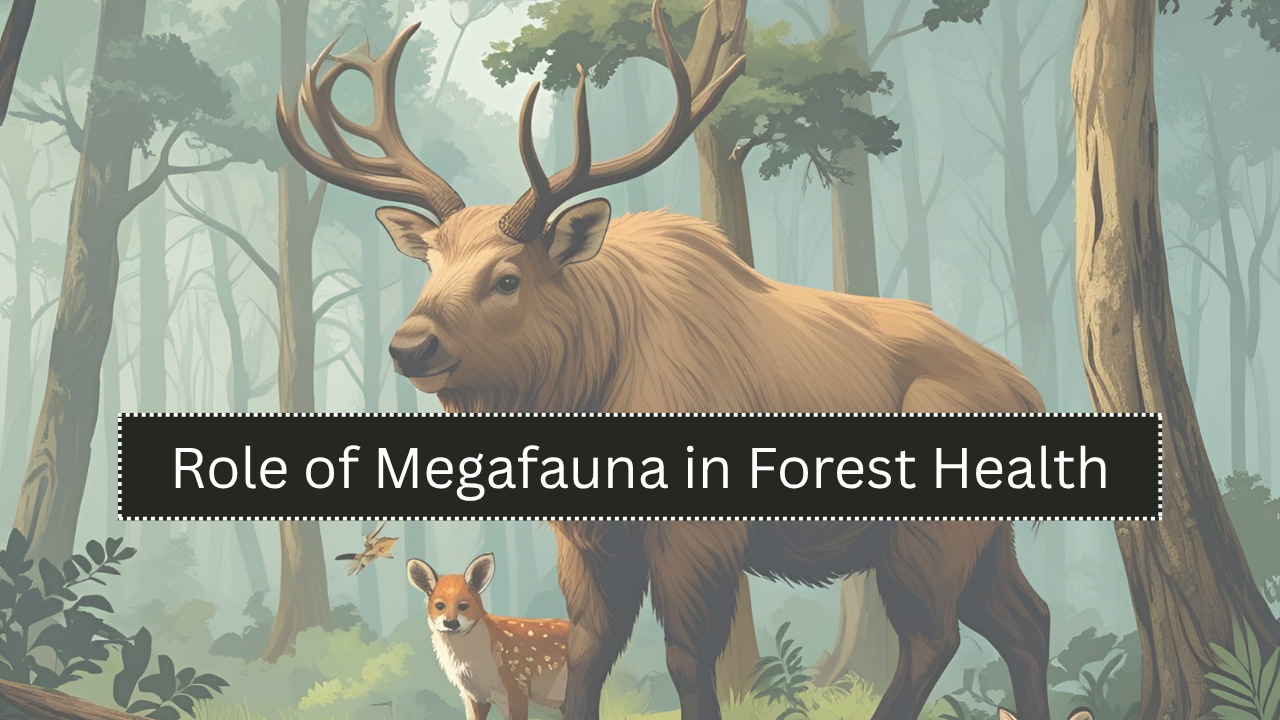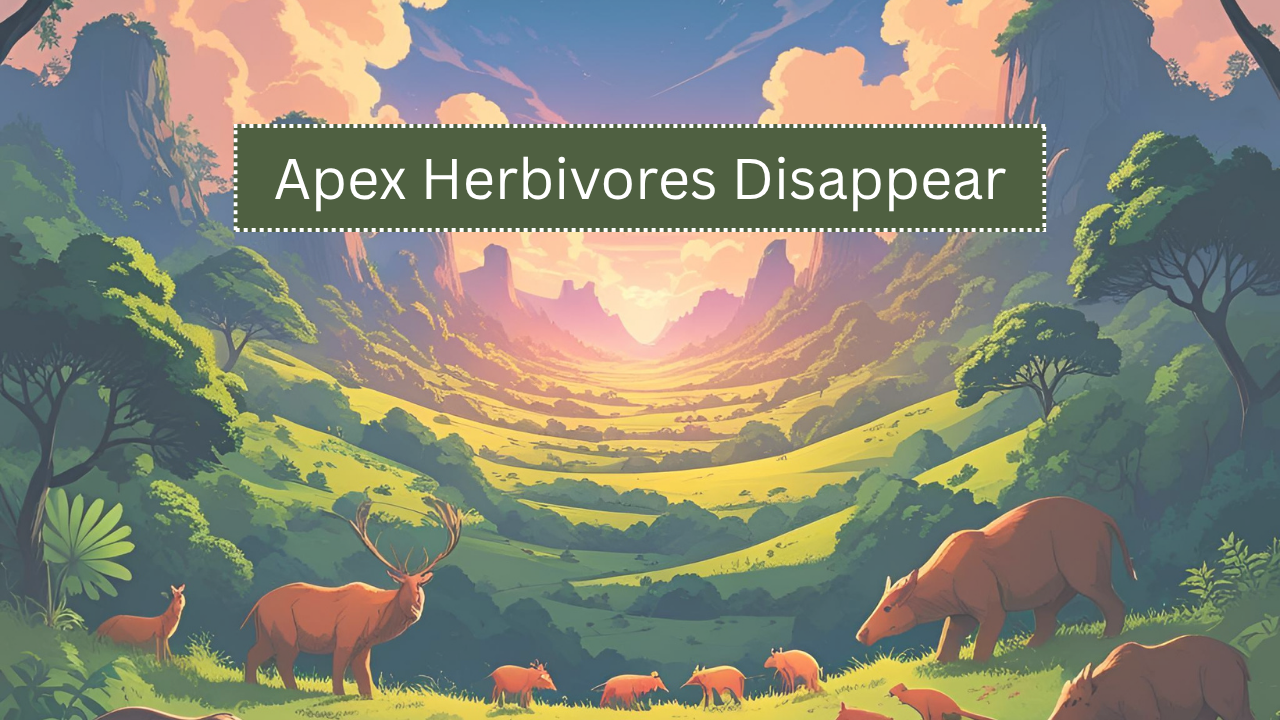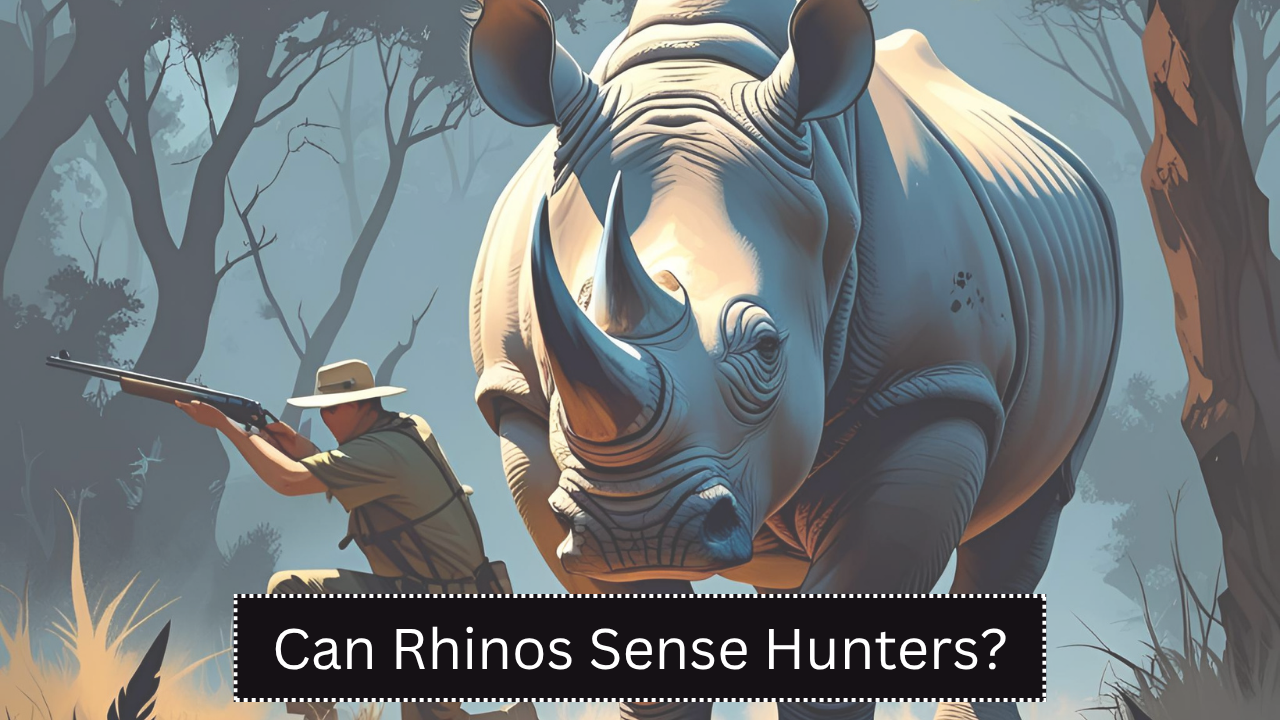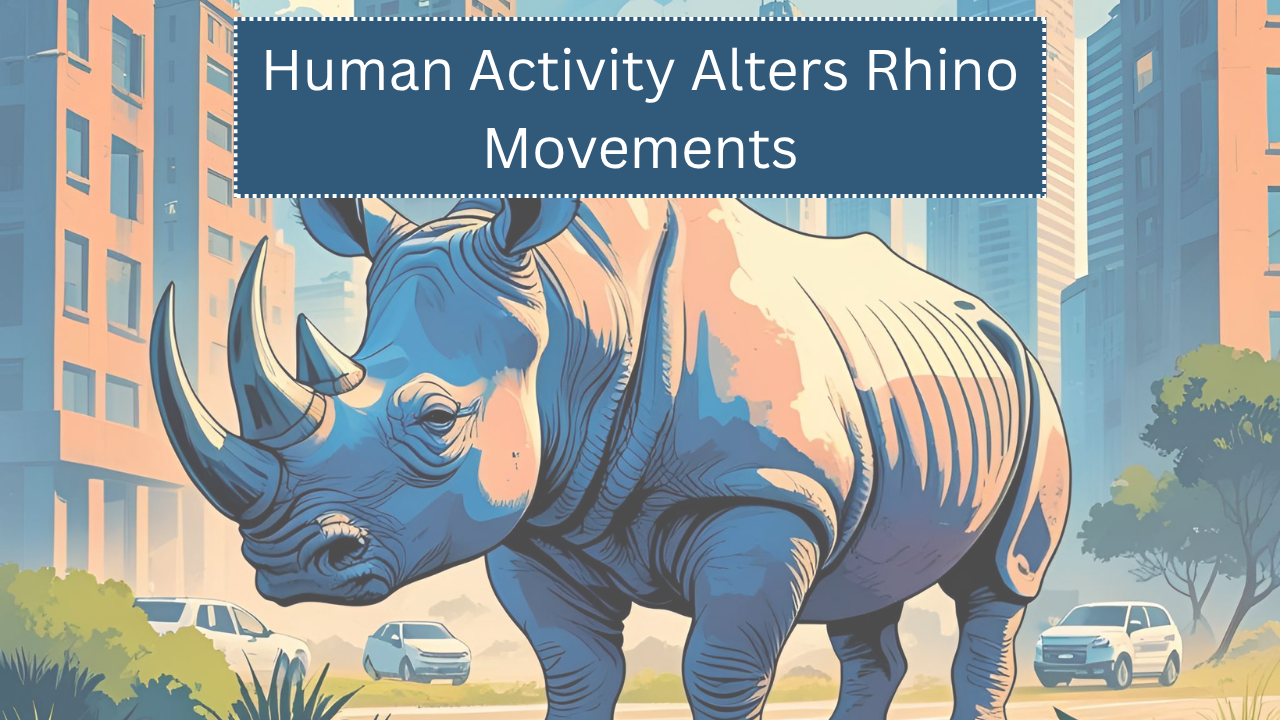The Role of Megafauna Like Rhinos in Forest Health and Regeneration
Megafauna such as rhinos play an essential role in maintaining the health and sustainability of forest ecosystems. These large herbivores serve as ecological engineers, shaping vegetation, influencing seed dispersal, and regulating biodiversity. Forests benefit directly from the daily behavior of rhinos—grazing, trampling, and defecating—which supports regeneration cycles and the natural growth of trees and plants. … Read more




